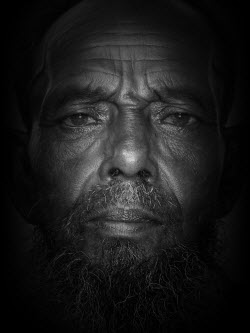Body Language In Different Cultures
|
In today's era of globalization, which has brought the world together as if on the palm of a hand, it has become imperative to understand and respect the different cultures that form the very basis of human existence. Body language comes foremost when you meet a person for the first time, and needless to say it is the first means of attracting people towards you. Different cultures across the world have myriad interpretations of body language, so what might appear pleasant or casual to you might seem brusque or blunt to another culture. Hence, a careful analysis and observation of the differences in the body language of different countries and cultures is essential to strike a rapport and portray a courteous disposition.
|
Different cultures delineate different body language to strike an introduction or greet a person. In the western countries, for instance, the common way of greeting a person is by shaking hands in myriad manners or a peck on the cheek in informal circumstances. In the Asian cultures, the body language displayed by bowing is considered to be highly respectable and courteous, and is executed in varied degrees in different cultures. The Japanese bow keeping their hands on the sides, the Cambodians bend with their hands on their chest, the people of Pakistan show their reverence by a gesture called salaam, while the Indians carry out a warm welcome by bringing their palms together. According to conservative Muslim culture, however, kissing in public denotes a body language that is impertinent and insolent, while shaking hands with a woman is appropriate only if it is the woman who first offers the hand. Other forms of body language such as using direct eye contact, smiling or pointing at someone or something are also assayed variedly in different cultures. Hence, when you look straight at the other person intermittently in America, it portrays your interest in what the person is saying. However, in Japanese culture such direct looks of the eye are considered to be curt and peremptory. A smile in the western cultures as well as most of the eastern ones is taken as a pleasing demeanor, but be cautious while smiling at an adult Korean. He/she might not find it a respectable deportment.
More Articles :

|